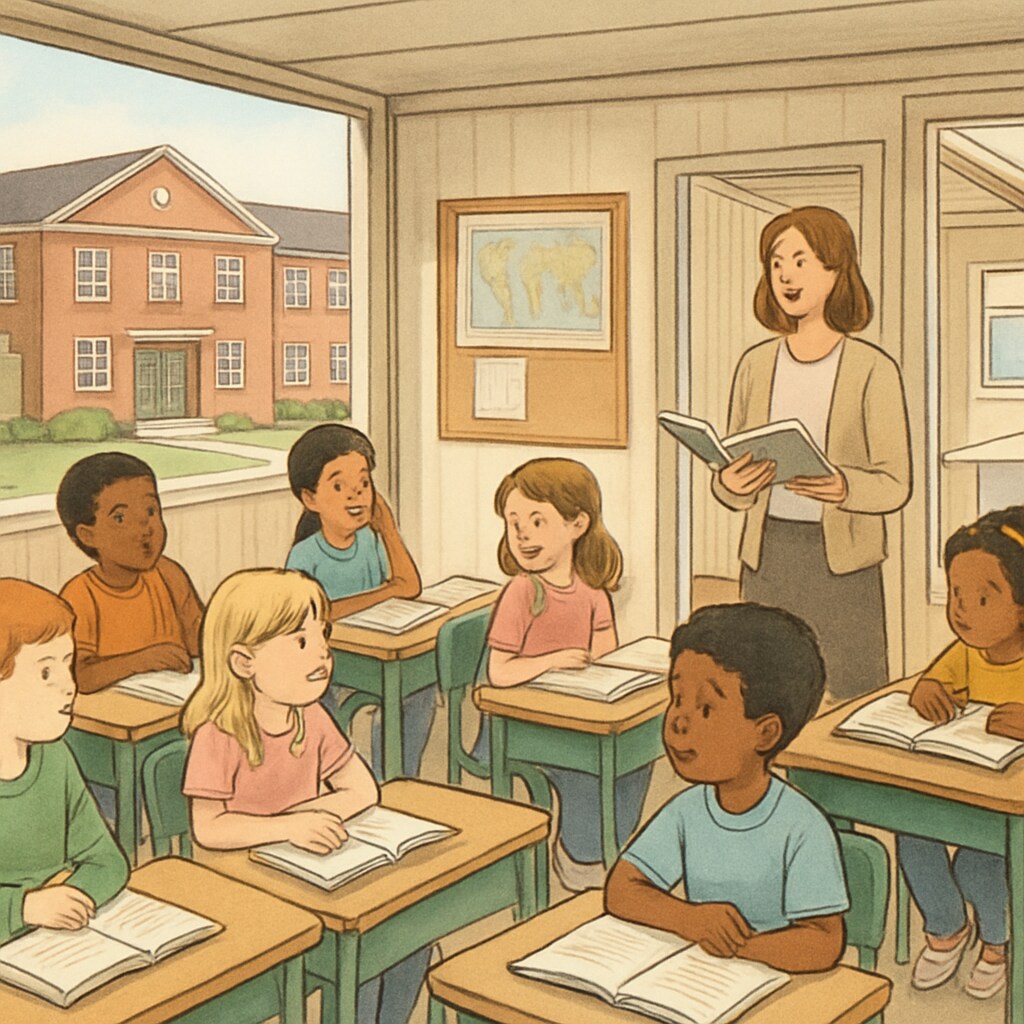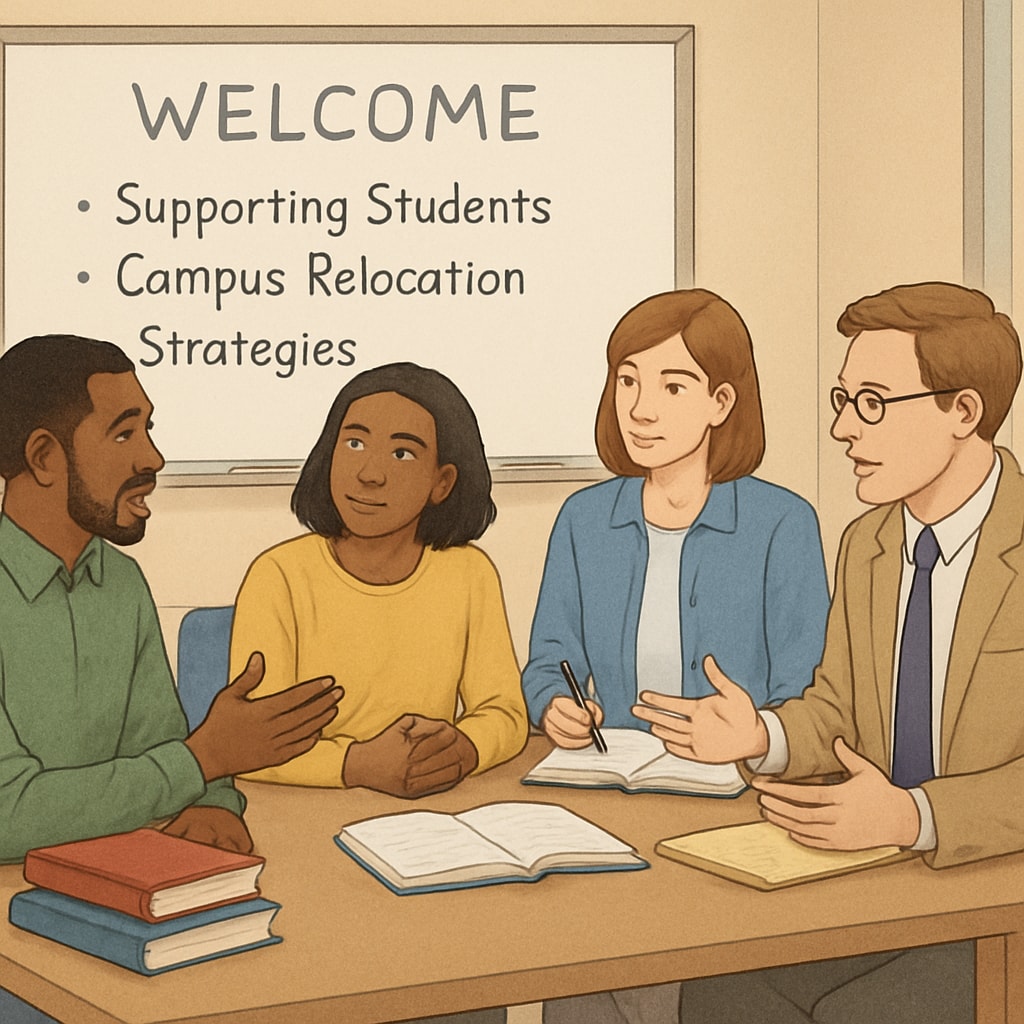When elementary schools are moved to temporary classrooms within high school campuses, young learners face significant challenges. The shift in their school environment can affect both their academic performance and emotional well-being. However, by fostering collaboration between parents and schools, it is possible to create a supportive atmosphere that helps children adapt and grow during these transitions.
Understanding the Impact of Temporary School Environments
Relocating elementary students to temporary facilities often comes with logistical and emotional implications. For example, younger children may feel overwhelmed sharing space with older students, which can lead to stress or feelings of insecurity. In addition, unfamiliar layouts, larger campuses, and different routines may disrupt their sense of stability and comfort.
Studies have shown that physical school environments play a crucial role in shaping children’s learning experiences. According to research published on Britannica, well-structured educational spaces improve concentration, engagement, and overall academic performance. Conversely, poorly adapted temporary arrangements can hinder these aspects, making it essential to address potential drawbacks proactively.

The Role of Parent-School Collaboration in Managing Transitions
Parent involvement is an essential factor in helping children navigate the challenges of temporary school relocations. Open communication between parents and educators ensures that concerns are identified early and solutions are implemented effectively. Parents can provide emotional support, while schools can offer practical adjustments, such as specialized schedules or age-appropriate resources.
Key strategies for fostering collaboration include:
- Organizing regular meetings between parents and teachers to discuss student progress and address concerns.
- Providing workshops to educate parents on how to support their children during transitions.
- Creating feedback mechanisms, such as surveys, to gather insights from families.
As noted in an article from Wikipedia, active parent engagement is linked to improved academic outcomes and emotional stability in children. This makes collaborative efforts particularly valuable during periods of change.

Strategies for Building a Positive Learning Environment
To counteract the challenges posed by temporary school relocations, schools can implement several measures to create a nurturing space for young learners. These include:
- Designing classrooms that prioritize safety and comfort, with age-appropriate furnishings and decorations.
- Establishing separate zones for elementary students to minimize interactions with older students and reduce stress.
- Providing counseling services to address emotional concerns and promote resilience.
Additionally, incorporating regular activities that foster teamwork and adaptability can help children develop a sense of belonging despite the changing environment. Teachers can also encourage peer support among students to build community and empathy.
By focusing on these strategies, schools can transform temporary facilities into spaces that support holistic development, ensuring that students continue to thrive academically and emotionally.
Readability guidance: Use concise paragraphs and bullet points to summarize key ideas. Include transition words to enhance flow. Avoid overusing technical jargon, and ensure concepts are accessible to a broad audience.


